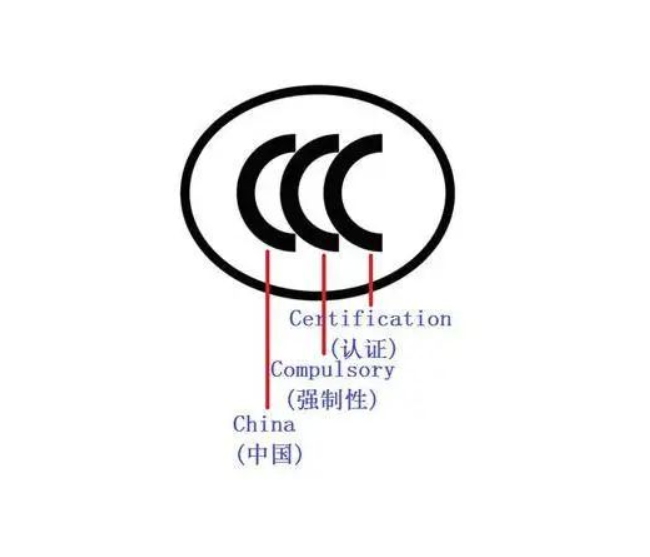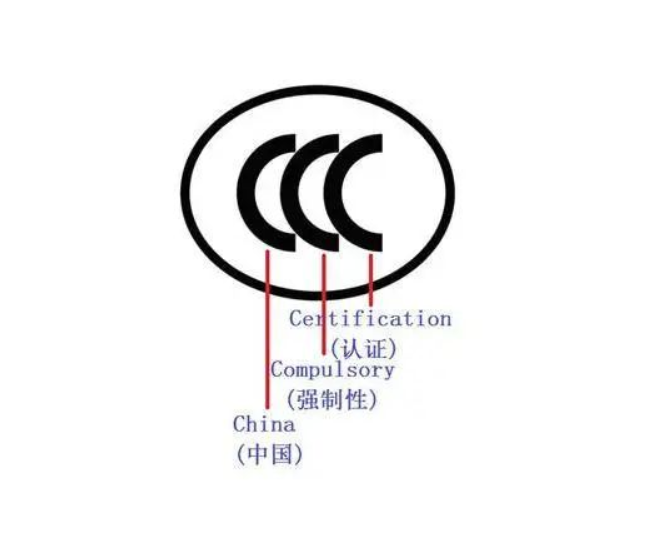On May 15, 2020, the European Commission issued the European Commission Executive Decision (EU) 2020/6591 to harmonize the standard EN IEC 63000:2018-Evaluation of technical documents related to the restriction of hazardous substances in electrical and electronic products (IEC 63000:2016), It replaces the technical document harmonization standard EN 50581:2012 to ensure compliance assessment of the 2011/65/EU (RoHS 2) directive. The previous EN 50581:2012 standard will be withdrawn on November 18, 2021.
What standard is EN 50581:2012?
In order to guide manufacturers to correctly produce technical documents, the European Commission initiated the process of formulating harmonized standards, and on September 21, 2012, the European Committee for Electrotechnical Standardization (CENELEC) issued the first harmonized standard EN 50581:2012. This harmonized standard establishes specifications for evaluating materials, components, and electrical and electronic equipment that restrict the use of certain hazardous substances in technical documents.
What is the new standard EN IEC 63000:2018?
EN IEC 63000: 2018-Technical documents used to evaluate the restriction of hazardous substances in electrical and electronic products, detailing the technical documents that manufacturers must collect to declare compliance with applicable restrictions on hazardous substances. The implementation of this standard ensures the EEE assessment of the restriction of hazardous substances, thus increasing the trust of EEE manufacturers.
Recently, CENELEC's existing harmonized standard EN 50581:2012 was revised, and a new version of the harmonized standard EN IEC 63000:2018 was adopted. The new standard EN IEC 63000:2018 is based on the existing international standard IEC 63000:2016. At the same time, this international standard is based on the harmonized standard EN 50581:2012.
Similarities and differences between old and new standards
with:In terms of the necessary requirements for technical documentation, the new standard is basically the same as the old one.
different:1. The new standard deletes the specific terminology of the EU RoHS Directive. Its purpose is to respond to different restricted substances regulations worldwide, while ensuring that manufacturers all over the world use the same evaluation method;
2. The new standard updates the normative references of the old standard to reflect the latest developments in international analytical testing methods and material declarations;
3. The implementation of the new standard will ensure that electrical and electronic equipment carry out effective evaluation of the restriction of hazardous substances, thereby strengthening the trust of related parties to manufacturers of electrical and electronic equipment (EEE).
Implementation time of the new standard and transition time of the old standard
In order to allow manufacturers enough time to adapt their products to the new unified standards, the European Commission has implemented Decision (EU) 2020/659 on May 15, 2020, stipulating that the harmonized standard EN shall be withdrawn from November 18, 2021 50581:2012.
Considering that the existing harmonized standard EN 50581:2012 is about to be withdrawn, and a large number of products on the market have already cited this standard in their declaration of conformity, manufacturers need to switch to the new standard EN IEC 63000:2018 to prove compliance with the EU RoHS 2 directive, but during the transition period, both standards can be used to prove compliance with RoHS, but since then only EN IEC 63000:2018 is accepted.












